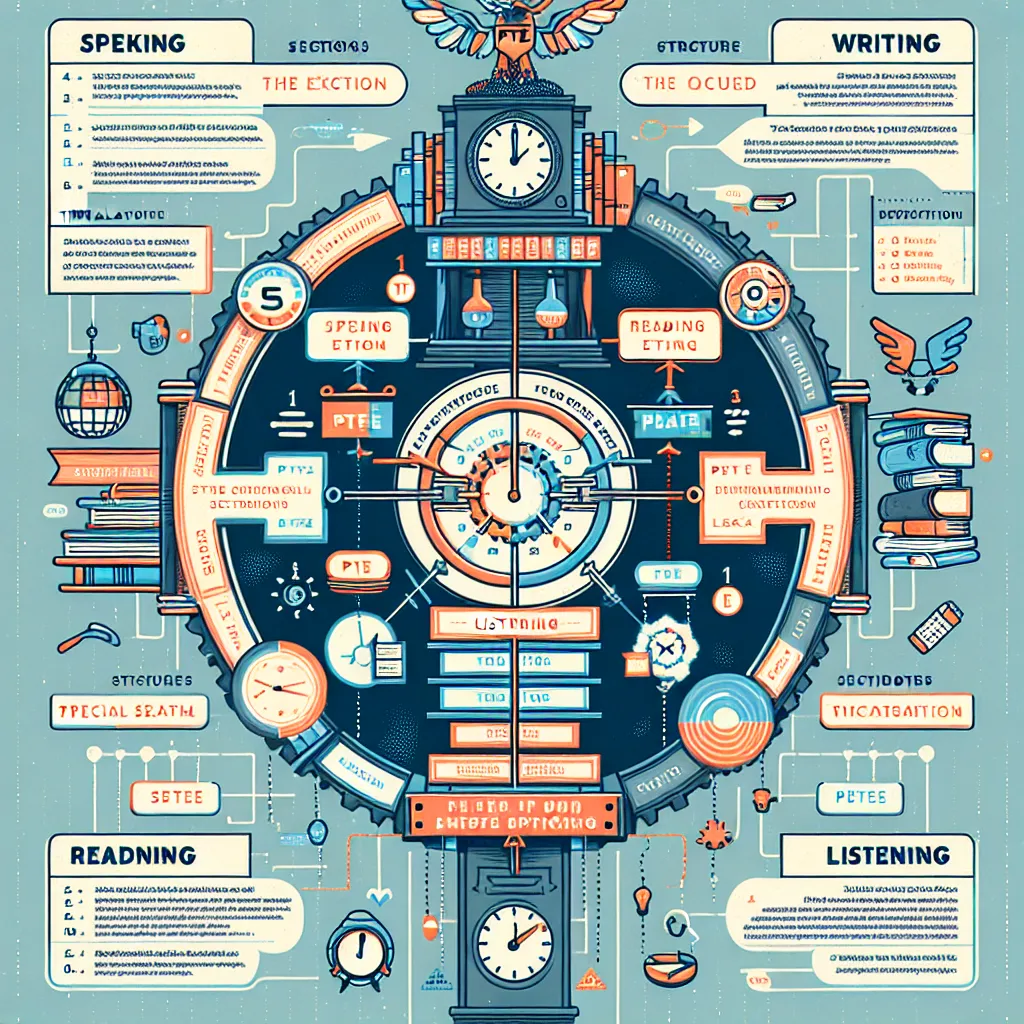Are you considering taking the Pearson Test of English (PTE) but wondering if you can prepare for it on your own? The good news is that self-study for the PTE exam is not only possible but can be highly effective if done correctly. This comprehensive guide will explore the ins and outs of self-studying for the PTE, providing you with valuable insights, strategies, and resources to help you succeed.
Understanding the PTE Exam
Before diving into self-study techniques, it’s crucial to understand what the PTE exam entails. The PTE Academic is a computer-based English language test that assesses speaking, writing, reading, and listening skills. It’s widely accepted by universities, colleges, and governments worldwide for study and migration purposes.
 PTE Exam Overview
PTE Exam Overview
The Benefits of Self-Studying for PTE
Self-studying for the PTE exam offers several advantages:
- Flexibility: You can create a study schedule that fits your lifestyle and learning pace.
- Cost-effectiveness: Self-study materials are often less expensive than formal courses.
- Personalized focus: You can concentrate on areas where you need the most improvement.
- Developing independent learning skills: Self-study enhances your ability to learn autonomously, a valuable skill for future academic pursuits.
Essential Resources for PTE Self-Study
To effectively self-study for the PTE, you’ll need access to quality resources. Here are some indispensable materials:
Official PTE Practice Materials
- The Official Guide to PTE Academic: This book provides an overview of the test format and question types.
- Pearson Practice Tests: Available on the official PTE website, these simulate the actual exam experience.
Online Platforms and Apps
- E2Language: Offers comprehensive PTE preparation courses and practice materials.
- PTE Tutorials: Provides video lessons and practice questions for each section of the exam.
- PTEPRACTICE.com: Features a vast collection of practice questions and mock tests.
Supplementary Materials
- English grammar books: To reinforce language fundamentals.
- Academic articles and journals: For improving reading comprehension and vocabulary.
- Podcasts and TED Talks: To enhance listening skills and expose yourself to various accents.
Developing an Effective Self-Study Plan
Creating a structured study plan is crucial for successful self-preparation. Here’s how to develop one:
- Assess your current English level: Take a diagnostic test to identify your strengths and weaknesses.
- Set realistic goals: Determine your target score and the time you have available for preparation.
- Create a study schedule: Allocate specific times for each skill area, ensuring a balanced approach.
- Practice regularly: Consistency is key. Aim for daily practice sessions, even if they’re short.
- Monitor your progress: Take periodic practice tests to track your improvement and adjust your focus as needed.
Strategies for Each PTE Section
Speaking & Writing
- Practice speaking clearly and confidently. Record yourself and listen back to identify areas for improvement.
- Focus on time management, especially in the writing tasks.
- Expand your vocabulary with academic and formal words.
Reading
- Improve your skimming and scanning techniques for quick comprehension.
- Practice time management to ensure you complete all questions within the allotted time.
- Regularly read academic texts to familiarize yourself with complex sentence structures and vocabulary.
Listening
- Expose yourself to various English accents through podcasts, news broadcasts, and online lectures.
- Practice note-taking while listening to improve your ability to capture key information.
- Work on your concentration to maintain focus during longer audio passages.
 PTE Study Strategies
PTE Study Strategies
Common Challenges and How to Overcome Them
Self-studying can present certain challenges. Here’s how to address them:
- Lack of motivation: Set small, achievable goals and reward yourself for meeting them.
- Time management: Use productivity techniques like the Pomodoro method to stay focused.
- Difficulty assessing progress: Regularly take mock tests and seek feedback from online communities or language exchange partners.
- Limited speaking practice: Use language exchange apps or join online PTE study groups to practice with others.
Next Steps After Self-Study
Once you feel confident in your preparation:
- Take a full-length mock test under exam conditions to gauge your readiness.
- Review your performance and focus on any remaining weak areas.
- Familiarize yourself with the test center’s rules and requirements.
- Schedule your PTE exam with enough time to make any final preparations.
Conclusion
Self-studying for the PTE exam is not only possible but can be a highly effective way to prepare. With the right resources, a well-structured study plan, and consistent practice, you can achieve your desired score. Remember, the key to success lies in your dedication and the smart use of available materials. Start your self-study journey today, and take a significant step towards achieving your academic and professional goals.
Are you currently preparing for the PTE exam through self-study? Share your experiences and tips in the comments below, and don’t forget to check out our other articles on PTE preparation strategies for more insights!




